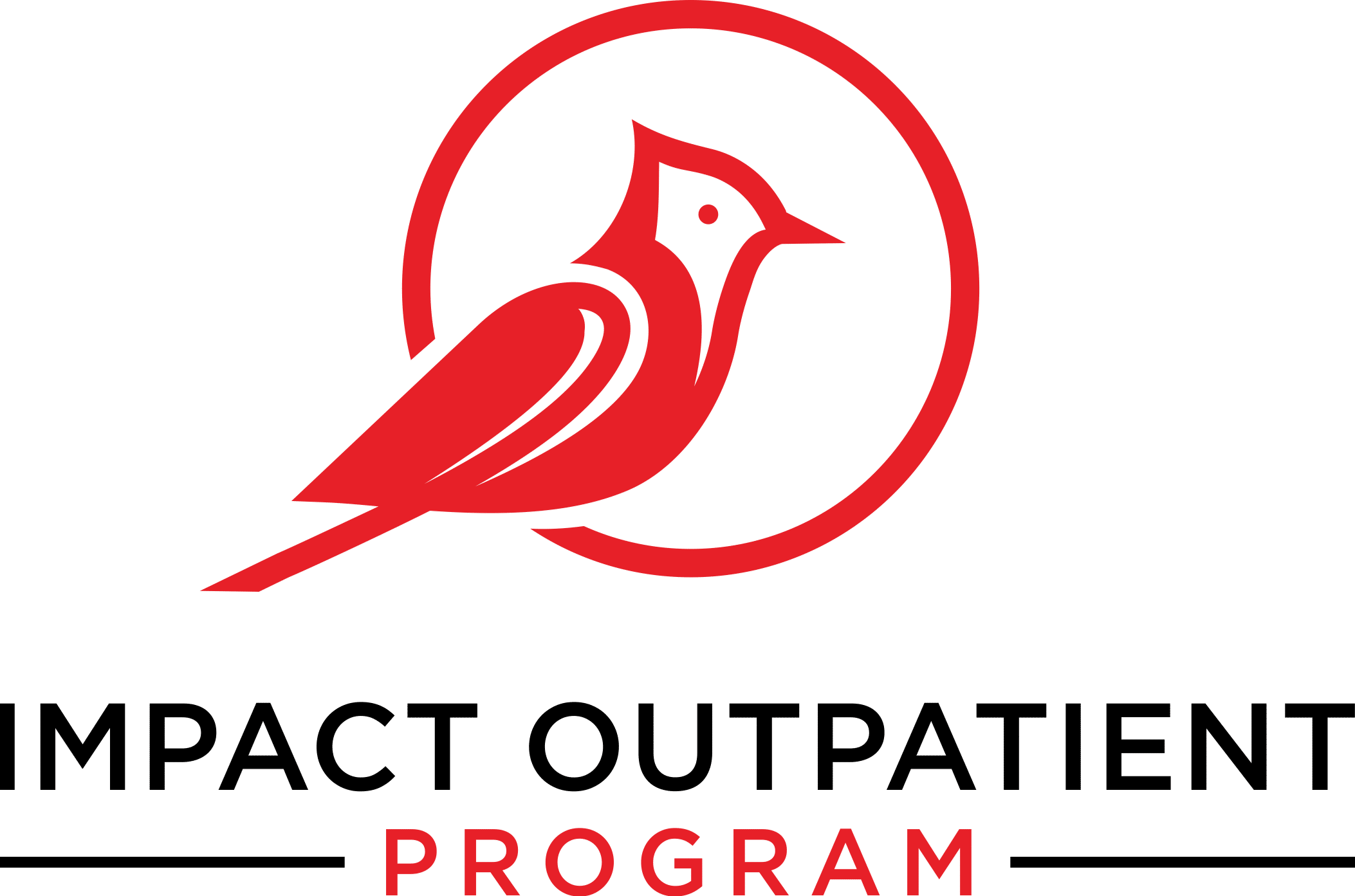With there being over 23.5 million adults per year that suffer from addiction in the US alone, there are increasing numbers across the world. With it affecting so many people on a daily basis, it is important to understand how it affects the brain and how to seek help.
Which areas of the brain are involved in addiction?
The human brain is one of the largest organs in the body. It makes up about 2 percent of the overall body mass as it weighs about 3 pounds or 1.36 kilograms. It is also one of the most complex organs in the body. It is used to drive a car, solve a mathematics equation, and also deal with emotions. When a person deals with addiction, it has a direct impact on the brain.
One of the main functions of the brain is to deal with and interpret everything that you experience. It shapes your behavior and, therefore, is involved when a person deals with addiction.
The brain is made up of billions of neurons and when a person is dealing with addiction, each neuron acts as a switch control. When a person uses drugs or alcohol, these substances interfere with how these neurons send and receive signals. These signals can lead to abnormal messages.
The areas of the brain that are involved in addiction include:
The Basal Ganglia
The basal ganglia plays an important role in positive motions and emotions, such as eating, sex, and more. It is also an area of the brain that affects routine and the formation of habits. It is often referred to as the reward circuit. This is due to the basal ganglia motivating the body to form and partake in healthy human habits.
Drugs can over-activate this circuit and put a lot of pressure on it. This is known as euphoria, which translates to the high a person can get from a drug.
When a person repeats the exposure to drugs, the basal ganglia and its ‘healthy’ circuit become less sensitive. This can then result in a person experiencing less and less pleasure from healthy activities. For instance, overuse of a drug through addiction can cause a person to lack the urge to eat, drink, and more.
The Extended Amygdala
The extended amygdala plays a role in stressful emotions – anxiety, irritability, and stress. When a person uses a drug, they feel a sense of withdrawal from these negative emotions. Hence, they will seek this withdrawal time and time again to seek relief.
The Prefrontal Cortex
The prefrontal cortex in the brain is involved with addiction as it is an area that deals with thinking, planning, and solving problems. This is the final part of the brain that matures, which makes teenagers vulnerable if they take drugs. Shifting the balance within the prefrontal cortex will affect the basal ganglia and extended amygdala, which will result in someone seeking the drug compulsively.
The brainstem can also be involved with addiction. The brainstem controls basic daily bodily functions such as sleeping, breathing, and heart rate. Hence, it can lead to poor physical and mental health.
Treatment for addiction
At the Louisville addiction treatment center, specialists can help you achieve a sustainable recovery. There are various options available including:
Intensive Inpatient And Outpatient
The Intensive Inpatient And Outpatient option is ideal for those who want to seek addiction treatment and either be cared for in-house or in the comfort of their own home. With inpatient treatment, individuals can seek 24-hour medical care. Inpatient programs often see a higher success rate. Moreover, an outpatient treatment program can help individuals achieve support while remaining at home.
Telehealth
Telehealth and Telemed involve patients seeking support through virtual communications. It is ideal for those who cannot attend regular in-person appointments yet still want regular help.
Multiple Pathways Treatment
Furthermore, there are multiple pathways patients can choose from that prove effective for helping individuals achieve sustainable recovery.
By filling out a free online admissions form, you can get in touch with someone as soon as possible to be on the road to recovery. They can share the various options with you and help you decide what treatment option will be best for you.

